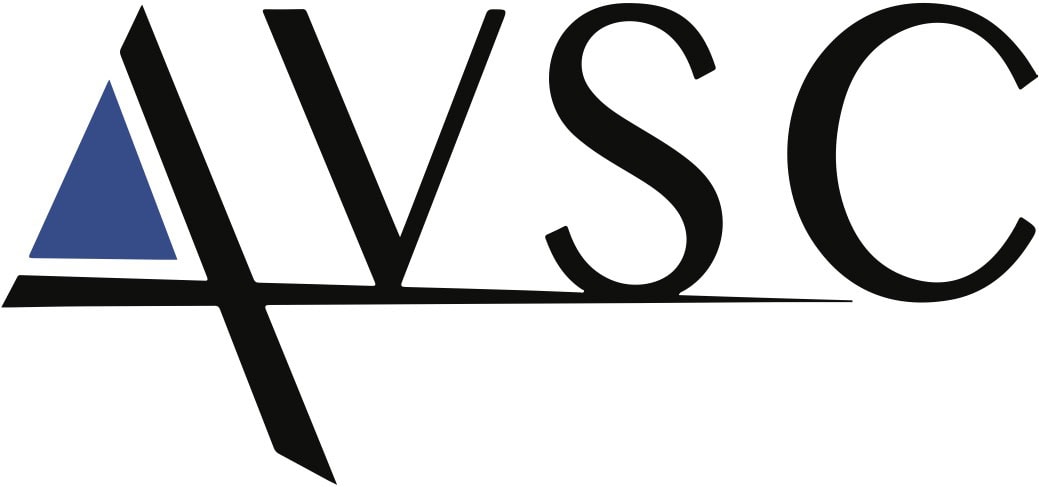Development of joining and integration technologies is essential for enabling the application of CMCs. Even though various techniques have been developed for the joining and integration of ceramics, efforts for new technology development are still needed for the CMC’s integration, including the creation of an innovative concept, application of new fillers, long-term reliability test, and much more. Each joining and integration need requires a tailored solution which considers such factors as materials selection and compatibility, application conditions, service life requirements, component geometry, interlayer reactions and/or wetting, and thermomechanical properties.
Therefore, the aim of this symposium is to discuss both current studies and future research directions of the CMCs joining technologies, which can promote the use of CMCs by realizing complex shapes. By gathering the experts from industry and academia worldwide, all issues on CMCs joining and integration will be discussed intensively. Joining and integration of CMCs include adhesive joining, solid-state diffusion bonding, transient liquid phase joining, direct joining, glass-ceramic joining, metallic brazing, reaction bonding, preceramic joining, MAX phase joining, and surface engineering to enhance the joint strength. Reliable test methods to estimate joint strength and application of new concept will also be very important part of this symposium.
Proposed Session Topics
- Joining of CMCs to CMCs or ceramics
- Joining, brazing, and adhesion of CMCs to metals or other dissimilar materials
- Joining of CMCs at nano- and micro-scales
- Selective joining of CMCs using lasers
- Designing and modeling of CMC joints and interfaces
- Innovative joining techniques for CMCs, including new filler materials
- Mechanics of wetting and adhesion
- Thermodynamics and kinetics of interface formation
- Mechanical testing of CMC joints
- Nondestructive evaluation and characterization techniques of CMC joints
- Testing and stability of CMC joints at extreme conditions
- Joining enabled component fabrication and demonstration
Symposium Organizers
- Michael C. Halbig, NASA Glenn Research Center, USA.
- Monica Ferraris, Politecnico di Torino, Italy
- Peter Tatarko, Slovak Academy of Sciences, Slovakia
- Dang-Hyok Yoon, Yeungnam University, Korea
- Hans-Peter Martin, Fraunhofer Institute for Ceramic Technologies and Systems, Germany
- Jose’ Arregui Mena, Oak Ridge National Laboratory, USA
- Rajiv Asthana, University of Wisconsin-Stout, USA
- Salvatore Grasso, Queen Mary University of London, UK
- Xiaobing Zhou, Ningbo Institute of Materials Technology and Engineering, China
- Hyeon-Geun Lee, Korea Atomic Energy Research Institute, Korea
- Stefano De la Pierre, Politecnico di Torino, Italy
- Anming Hu, University of Tennessee Knoxville, USA
Points of Contact
- Michael C. Halbig, Michael.c.halbig@nasa.gov
- Monica Ferraris, monica.ferraris@polito.it
- Peter Tatarko, peter.tatarko@savba.sk
